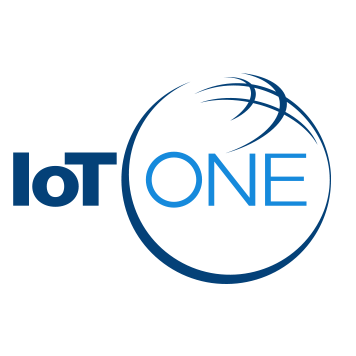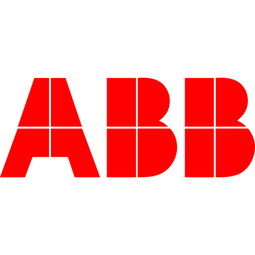Xylem
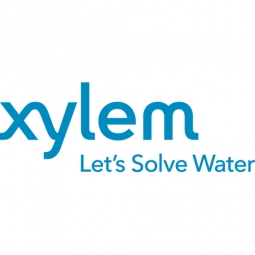
概述
|
总部
美国
|
成立年份
2008
|
公司类型
上市公司
|
收入
$1-10b
|
|
员工人数
10,001 - 50,000
|
网站
|
股票行情
NYSE:XYL
|
公司介绍
ylem (XYL) 是一家全球水技术供应商,帮助客户在公用事业、住宅和商业建筑服务、工业和农业环境中运输、处理、测试和有效使用水。该公司通过多个市场领先的产品品牌在 150 多个国家/地区开展业务,其员工拥有广泛的应用专业知识,专注于为世界上最具挑战性的水和废水问题寻找当地解决方案。
物联网解决方案
Xylem 提供产品和服务,用于在公用事业、工业、住宅和商业建筑服务环境中移动、处理、分析、监测和返回水到环境中。
子公司
物联网应用简介
Xylem 是功能应用, 网络与连接, 传感器, 自动化与控制, 和 基础设施即服务 (iaas)等工业物联网科技方面的供应商。同时致力于城市与自治市, 电网, 电信, 和 公用事业等行业。
技术栈
Xylem的技术栈描绘了Xylem在功能应用, 网络与连接, 传感器, 自动化与控制, 和 基础设施即服务 (iaas)等物联网技术方面的实践。
-
设备层
-
边缘层
-
云层
-
应用层
-
配套技术
技术能力:
无
弱
中等
强

Supplier missing?
Start adding your own!
Register with your work email and create a new supplier profile for your business.
实例探究.
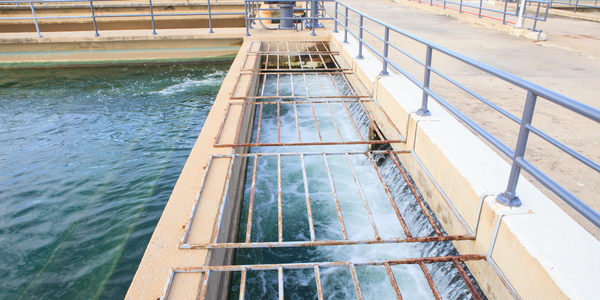
Case Study
Artificial Intelligence Based Risk Solution Reduces Replacement Costs
With water main breaks increasing, utility customers were experiencing unpredictable service outages, costly repairs, and highly disruptive road closures. To improve its reputation and customer service, the utility wanted to be more proactive in its water infrastructure management and prioritize pipes that needed the greatest attention.
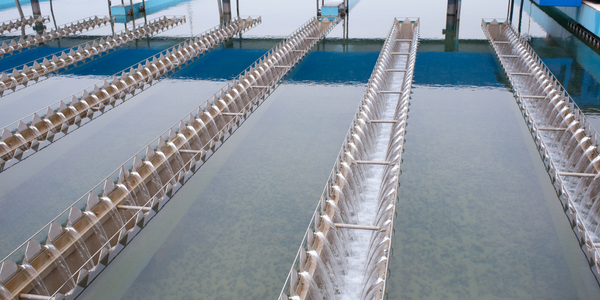
Case Study
Xylem's Comprehensive Fire Protection Solution for Canadian Paper Pulp Mill
The pulp and paper market, valued at USD519 billion in 2019, is projected to reach USD680 billion by 2027. With this rapid growth, safety standards, particularly fire protection, have become a priority. Paper dust, a byproduct of the manufacturing process, is highly combustible, leading to the risk of dust explosions at manufacturing facilities. A paper pulp mill in eastern Canada recognized the need for enhanced fire protection at their facility. The existing system, a vertical turbine pump, was insufficient. The facility managers sought a more comprehensive solution that would meet the future demands of the mill and provide peace of mind.

Case Study
Advanced Analytic Solutions for State-Wide Monitoring Program: A Case Study of Air Selangor
Air Selangor, a large water distribution company in Malaysia, was grappling with a high rate of non-revenue water loss, which stood at 33.3 percent in 2017. The company's aging infrastructure was a concern, and it was keen on reducing leaks and bursts and identifying the causes of pressure surges to mitigate the damaging transients that could reduce the lifespan of its pipes. The company used various techniques to identify leaks and bursts, but the response time was not quick enough to minimize the runtime of leaks/bursts and the disruption caused. The remote geographical location of its trunk main network often led to a long runtime of leaks before discovery. Pressure transients were known to be an issue within the network, but without information on their sources or causes. The company also noticed that leaks often recurred on the same pipelines, causing concern and harming the utility’s reputation. Air Selangor was actively seeking innovative ideas for continuous monitoring to identify leaks and pressure surges earlier, reduce non-revenue water loss, and improve customer relations.

Case Study
Risk-Based Asset Management Approach Prevents PCCP Failures And Saves Utility Over CA$1 Million
The Lake Huron and Elgin Area Primary Water Supply Systems in southwestern Ontario, which provide water for approximately 500,000 residents across 15 municipalities, faced a significant challenge with their Lake Huron Primary Transmission Main. This 60-kilometer pipeline, constructed in 1965, experienced four catastrophic failures over the past 55 years, disrupting the supply of drinking water to a significant portion of southwestern Ontario and causing serious flooding. The failures also affected approximately 70 hectares of prime agricultural lands due to soil erosion and deposition. The utility decided to take a proactive approach to managing risks associated with the pipeline, starting with assessments to better understand the main’s baseline condition and then monitoring the pipeline continuously.
同类供应商.
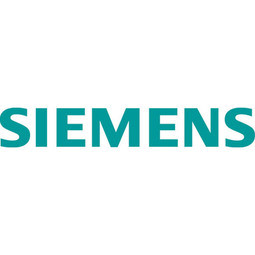
Supplier
Siemens
Siemens is the largest engineering company in Europe. With their positioning along the electrification value chain, Siemens has the knowhow that extends from power generation to power transmission, power distribution and smart grid to the efficient application of electrical energy. Featured Subsidiaries/ Business Units: - Digital Factory - Siemens Technology to Business (TTB)

Supplier
Schneider Electric
Schneider Electric is a leading global manufacturer of equipment for electrical power distribution and for industrial control and automation. The company helps power generators distribute electricity; designs automation systems for the automobile and water treatment industries; builds electric networks and utility management systems for energy, water treatment, oil and gas, and marine applications; and manages electric power in residential, industrial, and commercial buildings.Year founded: 1836Revenue: $26.0 billion (2014)EPA: SUFeatured Subsidiaries/ Business Units:- Avantis- Wonderware

Supplier
Silver Spring Networks (Itron)
Silver Spring Networks is a leading networking and solutions provider for the Internet of Things. Silver Spring’s pioneering IPv6 networking platform provides connectivity for a range of applications to some of the world’s leading utilities and major cities. Silver Spring’s open-standards platform enables multiple applications and services to leverage a common network, control, and data platform. With over 23.6 million devices connected on five continents Silver Spring’s platform supports a wide range of customers, including leading utilities such as Baltimore Gas & Electric, CitiPower & Powercor, Commonwealth Edison, Consolidated Edison, CPS Energy, Florida Power & Light, Jemena Electricity Networks Limited, Pacific Gas & Electric, Pepco Holdings, Progress Energy, and Singapore Power, and cities such as Copenhagen, Glasgow, and Paris.Year founded: 2002
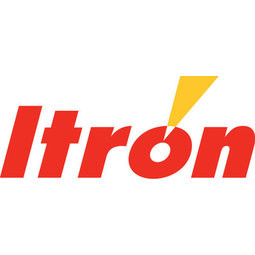
Supplier
Itron
Itron is a global technology company that has been delivering IoT solutions to utilities for decades that help optimize energy and water. Our broad product portfolio includes measurement and control technologies; communications systems; software; and professional services for the utility industry, IoT and smart cities. With thousands of employees supporting nearly 8,000 customers, we have deployed over 155 million communication modules in more than 100 countries. Itron empowers the responsible and efficient management of energy and water resources. Join us in creating a more resourceful world.


